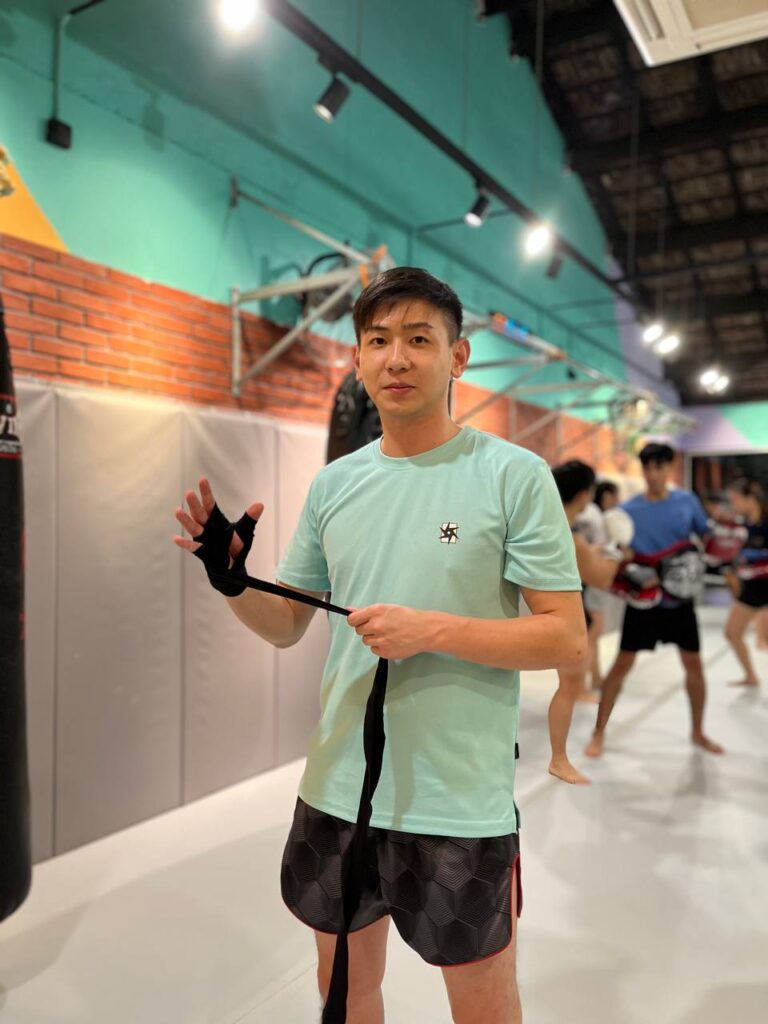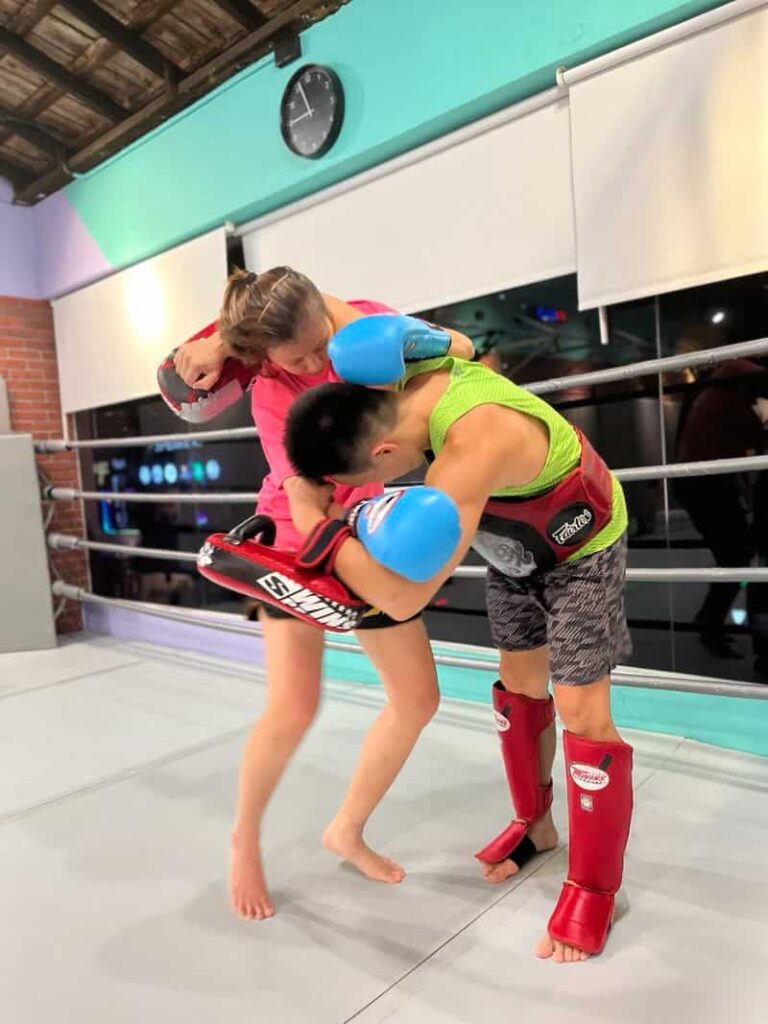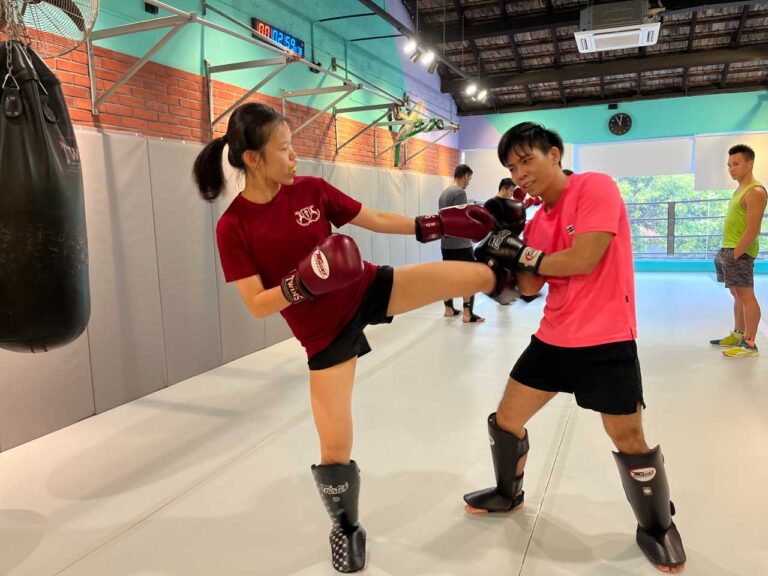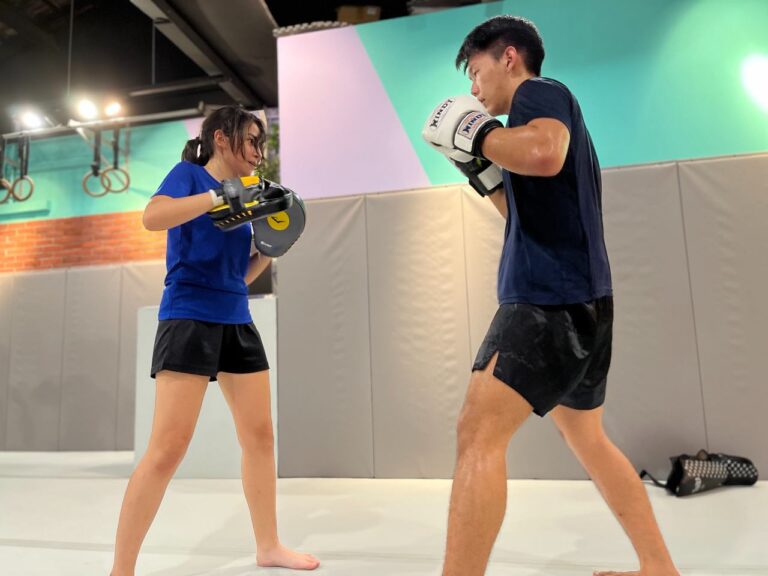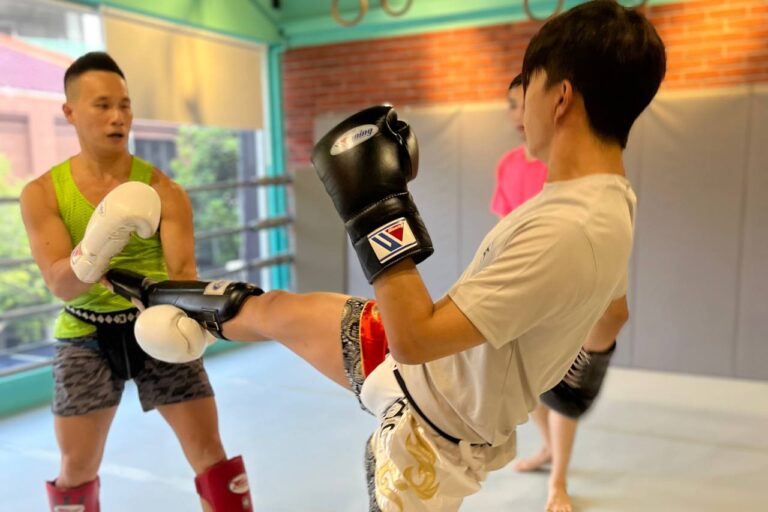How to work your core muscles
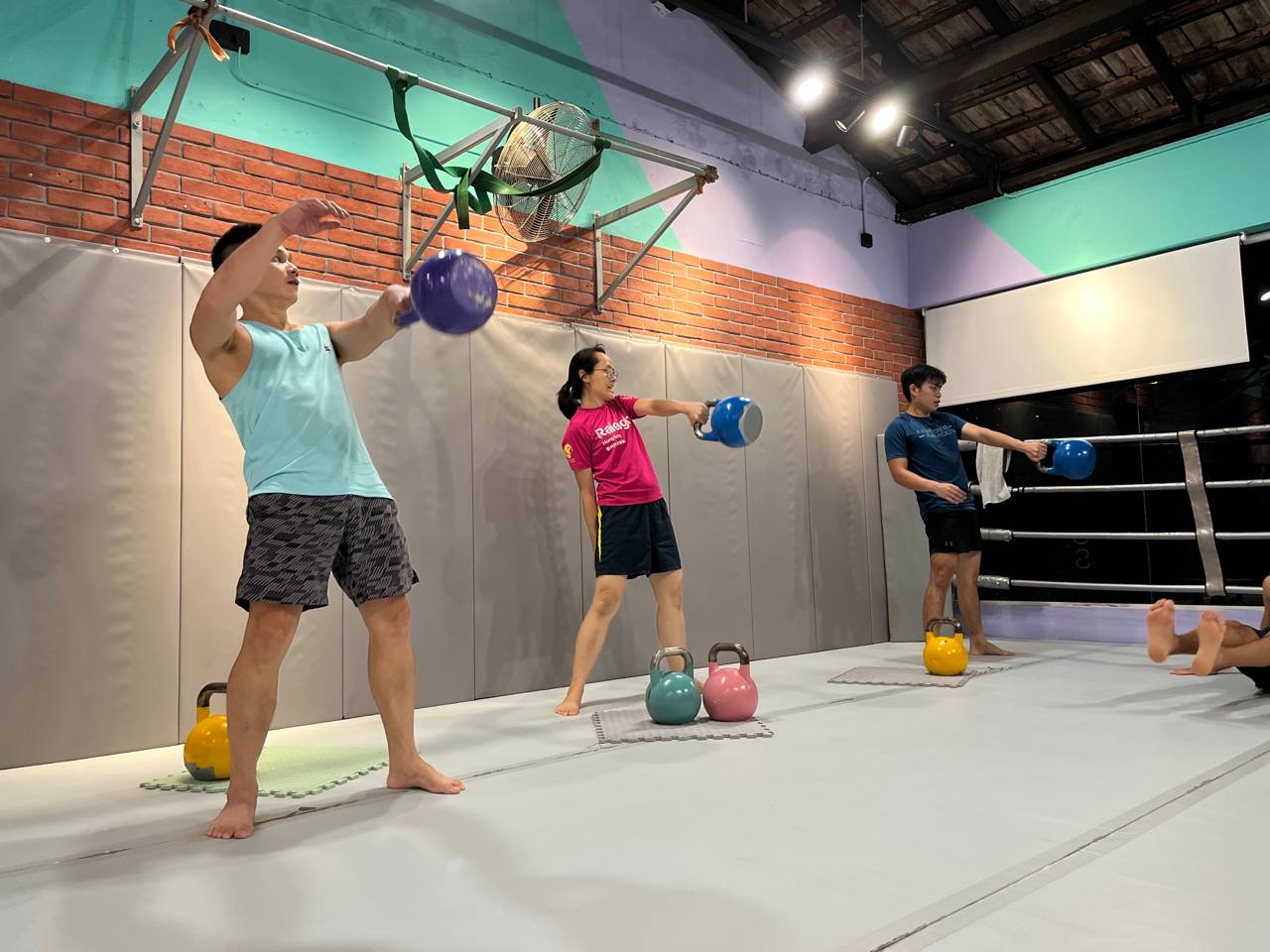
Working your core muscles effectively requires a combination of exercises that target different muscle groups within the core, including the rectus abdominis, obliques, transverse abdominis, hip flexors and lower back. Again, a Youtube video presentation can better illustrate the exercises you can do. This article’s objective is to take a step back and analyze what needs to be focused on instead of your typical Crossfit workout.
- Core Definition: The 6-pack (rectus abdominis) is often seen as the only muscle group that defines the core. This is untrue. In fact, there are people out there who may look plump but have a more powerful core and can easily wrestle individuals with a “6-pack”. The core is what links the upper body with the lower body. Without this bridge, all athletic endeavors end up with sub-optimal performance as power is not generated throughout the body. Even runners take core exercises seriously although it may look like the majority of their sport require their legs to do the work. The lower back allows the spine to extend while the obliques and transverse abdominis work on the rotation of the body. Rotation is sorely lacking in many high intensity training workouts. This is arguably the most important aspect every athlete needs to consistently work on in order to improve their core. Lastly, the hip flexors is also another important muscle that helps connect the legs with the core.
. - Sagittal exercise: Sit ups is the most common exercise to work the rectus abdominus. Leg raises work the hip flexors more. These exercises get the lactic acid burning in quickly but a lot of people equate that to a good exercise. This is untrue. Sagittal plane training is overdone in 90% of gyms. The worst part of it, is that everyday movement or doing any other sports usually require a twisting motion, not a “sit-up” motion. You would even twist while sitting up in order to get out of the bed.
. - Frontal exercise: These are exercises that are sideways from the body. Since most exercises work in the sagittal plane, I would highly recommend you add more frontal exercises into the mix. Starting off a side plank, you start to work your side core more. Lift your arm, your leg or lift both arm and leg to make it harder.
. - Transverse exercise: This is the most important aspect in core training. At Rebel, we do exercises that involve the transverse plane about 90% of the time. We want our clients to be able to move freely and naturally. This includes our Muay Thai and boxing fighters. We want them to flow through their movement. From a side plank, you can rotate downwards towards the floor with the arm reaching underneath to invoke a rotational movement. Single weight exercises such as kettlebell jerks or swings also require the core to work in the transverse plane. Sit throughs are another one of our favourite exercises at the gym that require hip flexors and rotational movement. We have witnessed countless of “strong” athletes unable to harness their full potential because they fail to control and master their rotational movement resulting in a much weaker kick or punch in relation to their bodyweight. Once this understanding is attained through various exercises, their power starts to improve.
To sum it up, core exercise is a must in any workout routine. However, the priority should always be in the transverse followed by frontal and lastly the sagittal plane. In fact, forgoing the sagittal plane is perfectly fine. Traditional Muay Thai workouts usually require students to do up to 100 to 200 sit ups per day. This is unnecessary and a waste of energy that can be better put to clocking more kicking or sparring time.
– Coach Mel @melwillrebel

